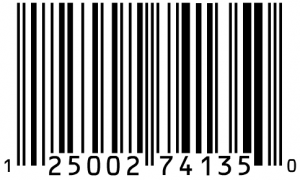 At Llamawerx, we’ve been involved with barcode printers since 2003. Our very first project, Cryotrax, required us to drive a Brady barcode printer. That first application was written in Java with Datamax Programming Language (DPL) strings sent serially to the printer.
At Llamawerx, we’ve been involved with barcode printers since 2003. Our very first project, Cryotrax, required us to drive a Brady barcode printer. That first application was written in Java with Datamax Programming Language (DPL) strings sent serially to the printer.
Fast forward seven years and Cryotrax2 was on the horizon. The printer is the same, but now the application lives in a web-browser and it’s not so simple to send DPL commands to the printer. Doug Griswold, CEO of Llamawerx explains:
The languages of the web, HTML and Javascript, don’t allow you to communicate directly with a serial printer. We wanted to send from any web-browser to the barcode printer without going through a server or requiring a plug-in. Since the application makes use of AJAX we thought maybe we could install a web-server on the local machine – a server-on-a-client if you will. Then reality hit and we figured a full featured web-server with server-side scripting might be too much. Previous work with Python triggered another idea. Why not use the HTTP server built into Python, mash that up with pySerial, compile with py2exe? Voilà, HTTP transports DPL commands to the printer. A minor workaround for AJAX cross site scripting and we had a solution.
Unique requirements demand innovative solutions. At Llamawerx we draw on 25+ years of software development using embedded systems, client-server, relational database and web technologies giving us a broad platform to build on.
To learn more about specific technologies in the Llamawerx tool chest, visit www.llamawerx.com/technology.php or contact us at info@llamawerx.com.